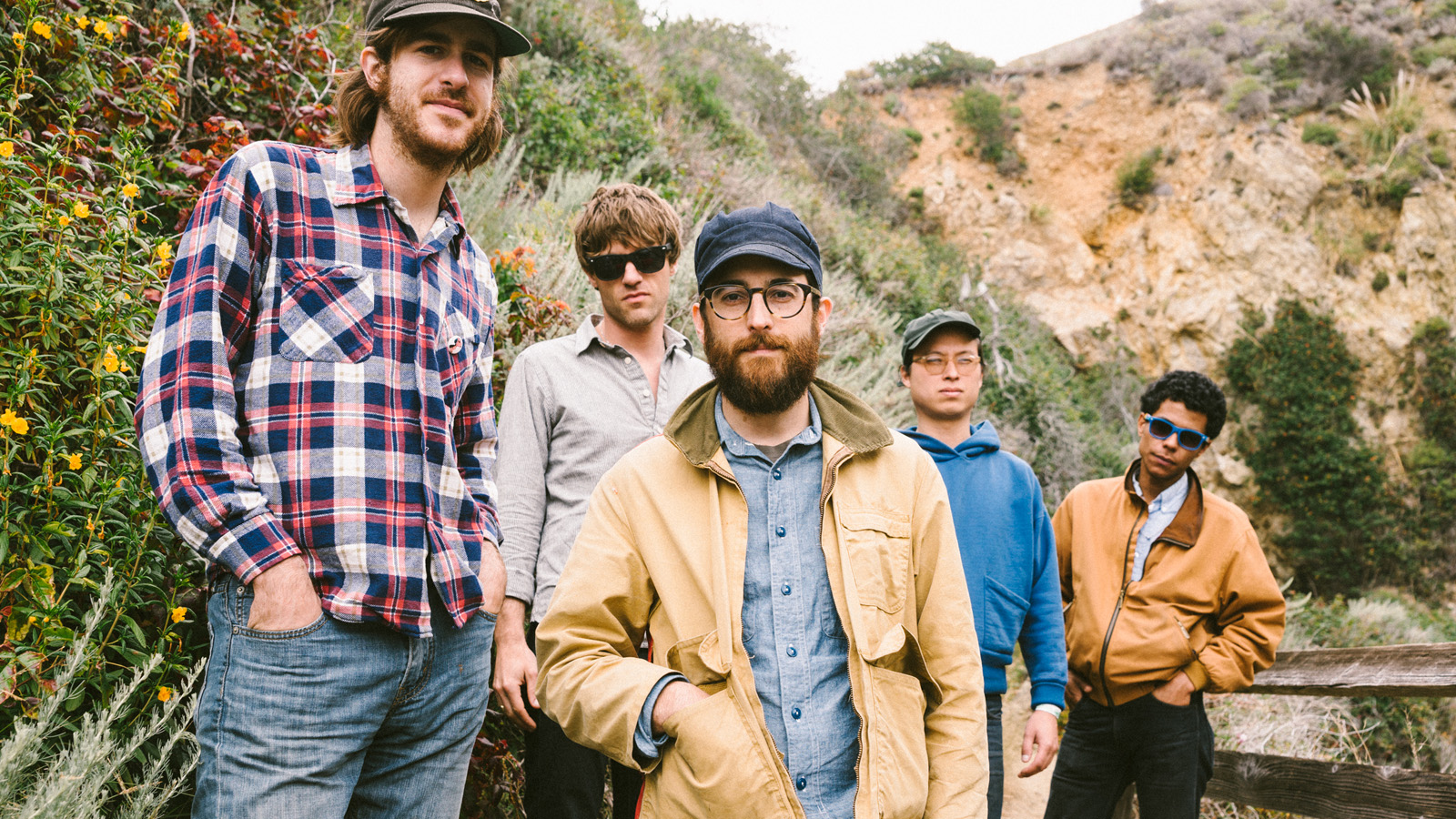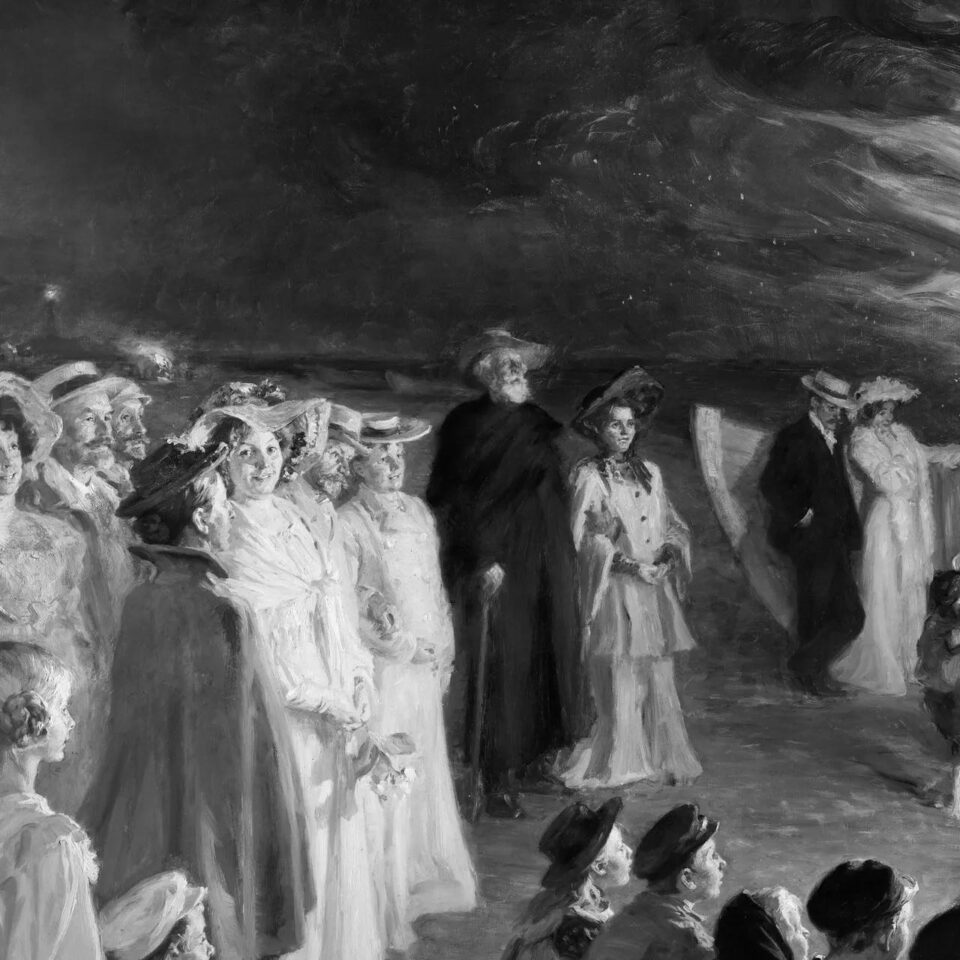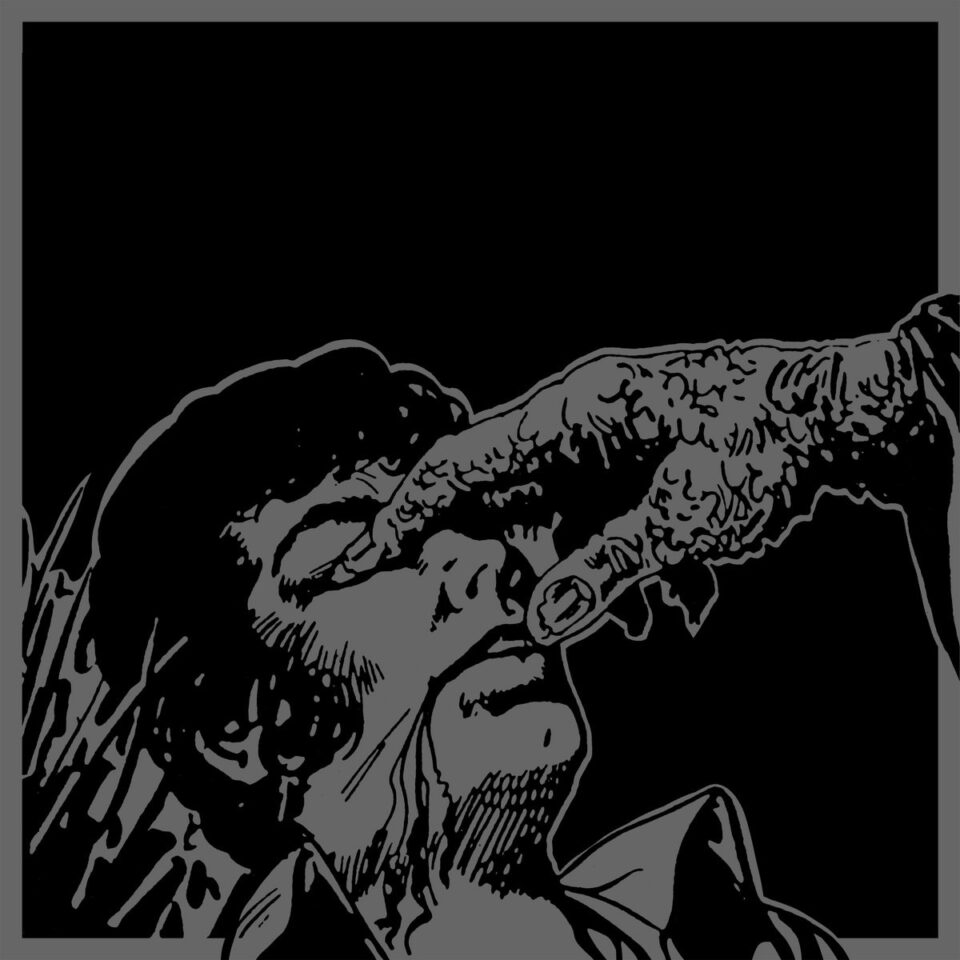From the opening of “Sun City Creeps,” with its exhale of horns and stippling guitar lines, it’s apparent that Woods’ new album City Sun Eater in the River of Light is a new look for the New York quintet. Indeed, the album’s ten tracks find them channeling the Éthiopiques jazz of Mulatu Astatke and Alemayehu Eshete and the wide-open festival reggae of Toots and The Maytals just as readily as the dusty folk-rock that’s always formed the base of their sound. City Sun Eater is indubitably a Woods record—there’s no mistaking that guitar tone, even if it’s speaking a different musical language—but it’s also a record that’s profoundly shaped by the process of record collecting, of following a certain inarticulable thread of sound from Highway 61 Revisited through jazz, soul, and funk and uniting them all under the precocious demands of pop.
So we asked the band’s Jeremy Earl and Jarvis Taveniere to take us on that journey with them with a mix of songs that were rolling through their heads during the making of City Sun Eater in the River of Light. You can check out their mix, which includes cuts from Astatke and Toots, as well as the funky Lee Dorsey, The Beatles, Arthur Russell, and many more, below, as well as their commentary.
How did you get into Ethiopian music and melodically angular jazz?
Jeremy Earl: I just sort of fell into it while on tour. Mississippi Records and other labels doing compilations hipped me to it, and then I got obsessed from there. Then I got deeper into it and started to collect the records. I really gravitate toward that sound and feel a connection to it.
When you’re thinking about writing new Woods songs, are you thinking about how you can bring in other elements from the music you’re listening to? Do you consciously say, “Let’s try to make a track that would fit in on an Éthiopiques record? For something like “Can’t See at All,” do you sit down and say, “Let’s make a reggae song?”
Earl: I think it’s definitely a subconscious influence that just started to creep into the Woods formula. We might have referenced some tracks being like, “oh, it would be cool to have a vibe similar to this,” but that’s as far as it goes. Whether it’s subconsciously starting to play different rhythms in the rhythm guitar or in the leads, our influences are all over the place, and little bits seep in here and there.
Jarvis Taveniere: I think it’s more about us being open to letting a song go wherever it wants to go. That song in particular didn’t start off sounding very different to me, but after the bass and drums were laid down, it just set us on that particular path. It’s a pretty sparse song really, which makes it tricky. Everything’s got to sit just right.
What’s the story on Don Cherry’s “Brown Rice”?
Earl: I’ve been obsessed with “Brown Rice” for the last five years or so. It’s been this track that I keep on revisiting and it’s sort-of become my mantra. It’s weird in the sense that most Don Cherry stuff is coming from a more traditional jazz or free jazz place, whereas this is one of the more normal pop structures that I’ve ever heard him do. So I was interested in that, and in the weird vocals. For me, it was interesting hearing him do that kind of thing after hearing him come from free jazz.
One of the songs you included is The Beatles’ “You Won’t See Me.” Is there something about that song that you keep going back to as a listener or as a writer?
Taveniere: We were experimenting with chords that we don’t normally use, hoping it would inspire a different feeling and different types of melodies. Jeremy was curious about the chord changes in that song, so I figured out how to play them and went over to his place and we just played guitar for a few hours. We did write and record a song using some of the chord changes and tricks from it, but it didn’t make the record. It was a good exercise, though.
Some of these songs are pretty far removed from what you guys do as Woods; I’m thinking in particular of Herbie Hancock’s “Rain Dance,” Lee Dorsey and Allen Toussaint’s “Yes We Can,” Ronnie Boykin’s “The Will Come, Is Now.” As listeners, you’re free to drift into anything your ears can understand, but you guys doing a song like “Rain Dance” would sound unnatural (as would Herbie Hancock doing “Cali in a Cup”). When you hear a song like that, is there part of you that wishes that you were working in that idiom?
Taveniere: No, I like what we’re doing just fine. These songs are influences to us, but we still obviously have our own identity. The electric guitar in “Yes We Can” was definitely an influence on the electric guitar in “Can’t See at All,” and the weird atmosphere and electric percussion on this Herbie Hancock track influenced “I See in the Dark.” These songs sound nothing like each other, but there are elements from all this music that are in our musical vocabulary, so they’re inevitably going to turn up in these subtle ways in our music.
Some of the songs on this playlist seem like fresh influences on the new record—Mulatu Astatke, Don Cherry, The Pyramids—but there’s not a more straightforward pop song than The Jackson 5’s “I Want You Back.”
Earl: I think it’s a perfect pop song. We gravitate toward great pop songs—I think everybody does—and everything about that song, from the vocal performances to the arrangements, all fits in the right place and makes you feel great. I wouldn’t say that it’s a direct influence on the record, but it’s something to aspire to, or something that we would love to be able to do. FL









